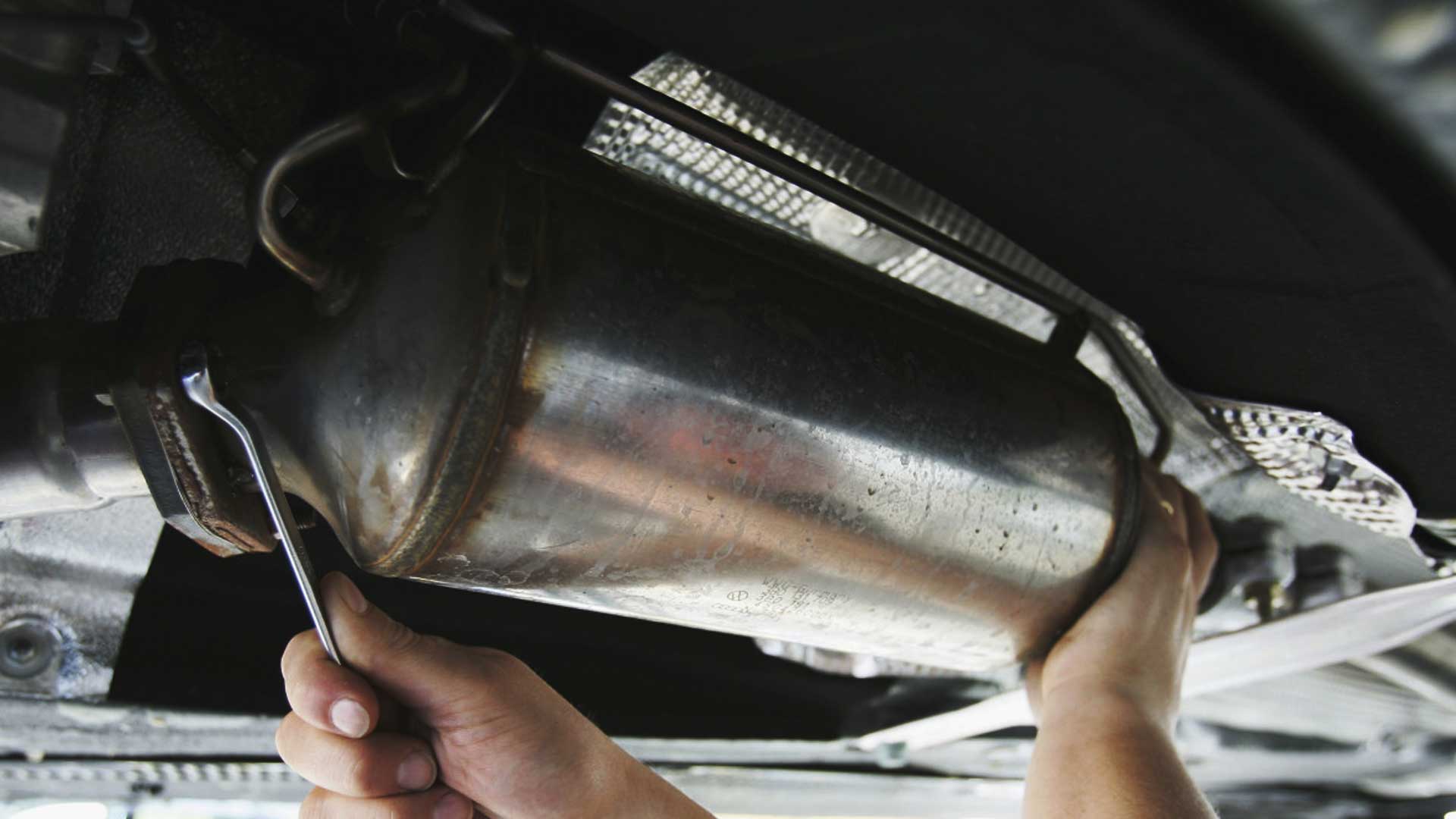DPF Removal: Everything You Need To Know
We're an affiliate
We hope you love the products we recommend! Just so you know, we may collect a share of sales or other compensation from the links on this page. Thank you if you use our links, we really appreciate it!
Table of Contents
Diesel Particle Filters or DPF as they are commonly known is a device fitted to diesel cars in order to remove excess diesel particulate matter and soot from the exhaust fumes of a diesel vehicle. Once the DPF has captured the soot it stores it until the engine reaches a high enough temperature to burn the excess soot to ash, this is known as regeneration.
DPF’s need to regenerate in order to burn excess soot, a motorway run normally sorts this, however, those using DPF’d cars for short runs and city driving won’t give them a chance to heat up the exhaust enough for regen to take place, often meaning that they end up clogging and affecting the car’s performance.
A way of getting around this problem but also enhancing performance slightly is a DPF removal otherwise known as a DPF delete which also requires an engine remap to function effectively. Modern turbo diesel management systems all make use of a DPF as it has become a compulsory s part of European emission controls. However, there are only so many times a DPF can regenerate before the compacted soot reaches a critical saturation level at which point DPF replacement or removal is required.
What is a DPF Delete?
DPF bypass and removal services are widely available in the market and are now starting to gain lots of attention from users who want to improve their engine performance. With advancing technology, diesel engines now require detailed procedures to add or remove something from them. Similarly, to remove a DPF, a DPF delete kit/procedure is required. Essentially this is used to get rid of DPF that has collected and become clogged up with diesel soot and debris.
The process comes with two major components; a tune and an exhaust. The tune or re-map deals with the software, where it configures and equips the engine to work without a DPF while the exhaust physically replaces the gap left by the DPF.
Can you delete the DPF without removing it?
You can quite easily re-map or tune your engine to bypass the usage of the DPF by shutting it off completely. However, this is a highly ineffective way of solving the issue as you will gain no benefits and the DPF will still clog, as all you are doing is shutting off the regeneration process.
In turn, none of the excess soot and debris will be burnt and it could mean that you’ll be landing yourself an even more expensive bill when you have to fully replace the DPF.
Can you remove the DPF without re-mapping?
Much like you can’t re-map without removing, it works the same for removing the DPF without a re-map. We strongly recommend not removing the DPF without a supporting engine tune. DPF’s come in most newer cars, which are equipped with a number of sensors. These sensors can be highly disturbed and malfunction if even one part is removed without the correct configuration.
This will impact your engine’s functionality and might even cost you a lot more in the long run. Without the tune, you will not see many differences in performance and mileage. Your engine needs to be coded and configured so that it can still function effectively without the DPF in place.
Will a DPF Delete fail an MOT?
Yes. From February of 2014, all MOT testers are required to check for the presence of a functioning DPF filter on the vehicle. If it’s gone, so are your chances of an MOT pass. You can find the official government word on this here.
Garages and testing stations will be required to check for a diesel particulate filter (DPF) in the inspection of the exhaust system as part of the MOT test (or annual test for heavy vehicles) from February 2014.
The vehicle will automatically fail the MOT test if the filter had been fitted as standard but is found to be no longer present.
This is not to say that your local MOT tester may turn a blind eye or not notice that your DPF has vanished, but if he’s doing his job correctly your car will fail. Most garages check for tampering with the DPF as well, so if you have have a bypass installed or have the DPF gutted by cutting open the exhaust, removing the filter and re-welding, any sign of this will result in an MOT failure.
Is it legal to DPF Delete?
Physical removal of the DPF is not a criminal offence, nor is it illegal. However, using a vehicle that has had its DPF removed on the public road is very much illegal and will lead to a 4 figure fine on the spot.
It’s important to check that any second-hand diesel can you are purchasing or have purchased for this, even if it’s unknown to you, the fine will still stand. As mentioned previously, any car which fails an MOT (cars with a DPF delete will) is not road legal.
However, if your vehicle is not going to be used on the public road, then it can be done. For example, many Farmers have DPF’S removed from their Land Rovers to help with torque for towing, essentially any car that doesn’t need an MOT for use on a public road can have a DPF removal.
Where can I get a DPF Delete?
Several garages will carry out a DPF delete. They are not breaching the law when doing this, it is the vehicle user who takes the risk once the vehicle is on the public road. You can also order specific DPF removal kits for your car online which often come with a tuning device and removal instructions. We would avoid this unless you are a skilled mechanic.
If a DPF removal is something you’re looking for then please see one of our trusted service providers and they will be able to help.
In Conclusion
DPF removals can result in many benefits for your car’s running health. No expensive DPF replacement costs, no more limp modes when the vehicle decides to do a forced regeneration, and Improved MPG due to the removal of an air restriction allowing the engine to breathe better. It also leads to a slightly improved power output of the vehicle, with room for gaining, even more, depending on the map. Even if you’ll be letting those diesel particles fly freely through the exhaust, a DPF removal also enables the safe usage of some biofuels as they can’t harm the DPF if it’s not there.
However, although it is not illegal to remove a DPF filter from your vehicle, it is an offence under the Road Vehicles Regulations to use a vehicle that has been modified in such a way that it no longer complies with the air pollutant emissions standards it was designed to meet. Removal of a DPF will almost invariably contravene these requirements.
From February 2014 the inspection of the exhaust system carried out during the MOT test will include a visual check for the presence of a DPF. A missing DPF, where one was fitted when the vehicle was built, will result in an MOT failure. The potential penalties for failing to comply with Regulation 61a are fines of up to £1,000 for a car or £2,500 for a light goods vehicle.
If you liked the article, please share, leave a comment below and check out our other exciting articles.
Categorised in: Advice





